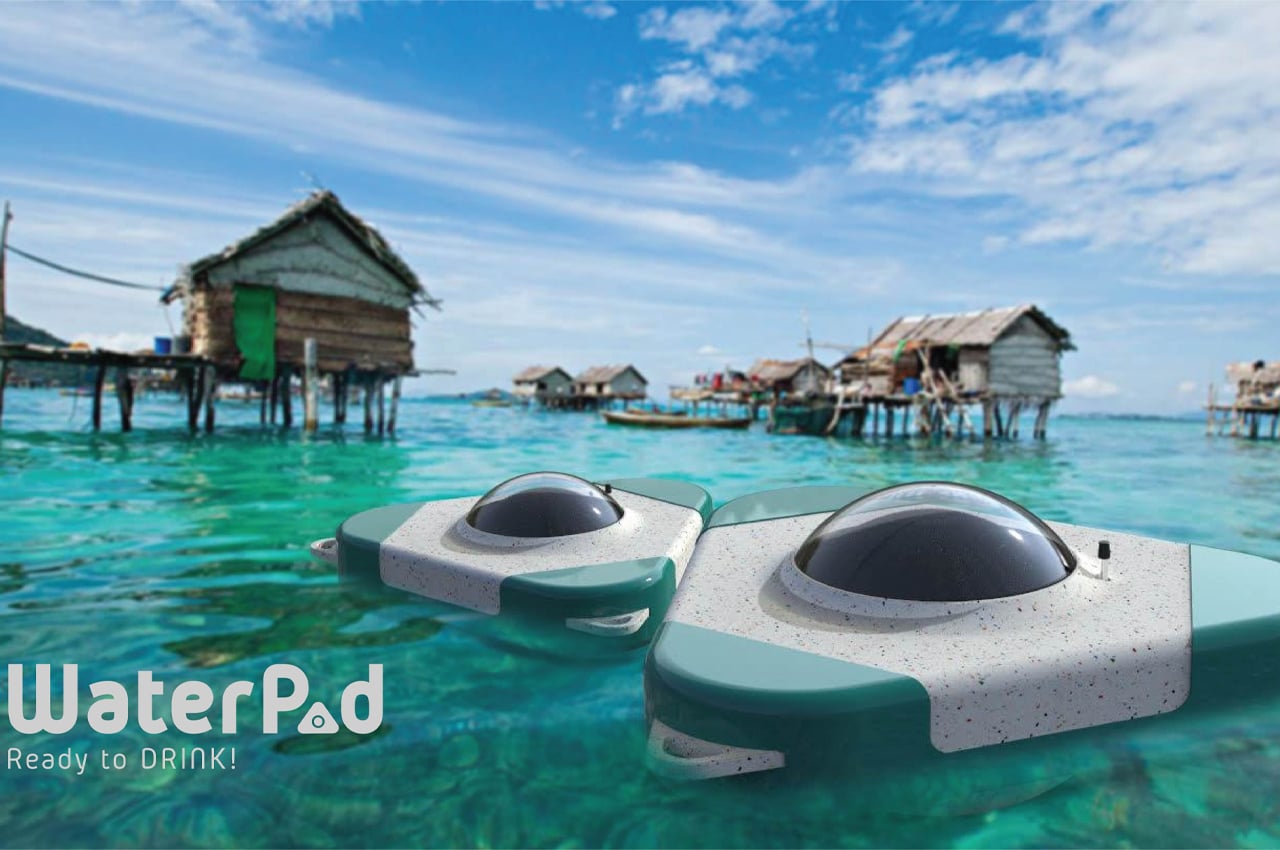
WaterPod is a sustainable floating pod that turns seawater into drinking water through a natural desalination process.
97% of the earth’s water is found in its oceans, yet in its primary state, ocean water is unsuitable for human needs like drinking and cleaning. Since sustainable designs that rely on alternative energy production have been on the rise in response to environmental concerns, we’re closer than ever to scaling down macro desalination plants for individual use. One team of designers was recently recognized by The James Dyson Award for their desalination pod concept called WaterPod that turns seawater into drinkable water through an array of sustainable features.
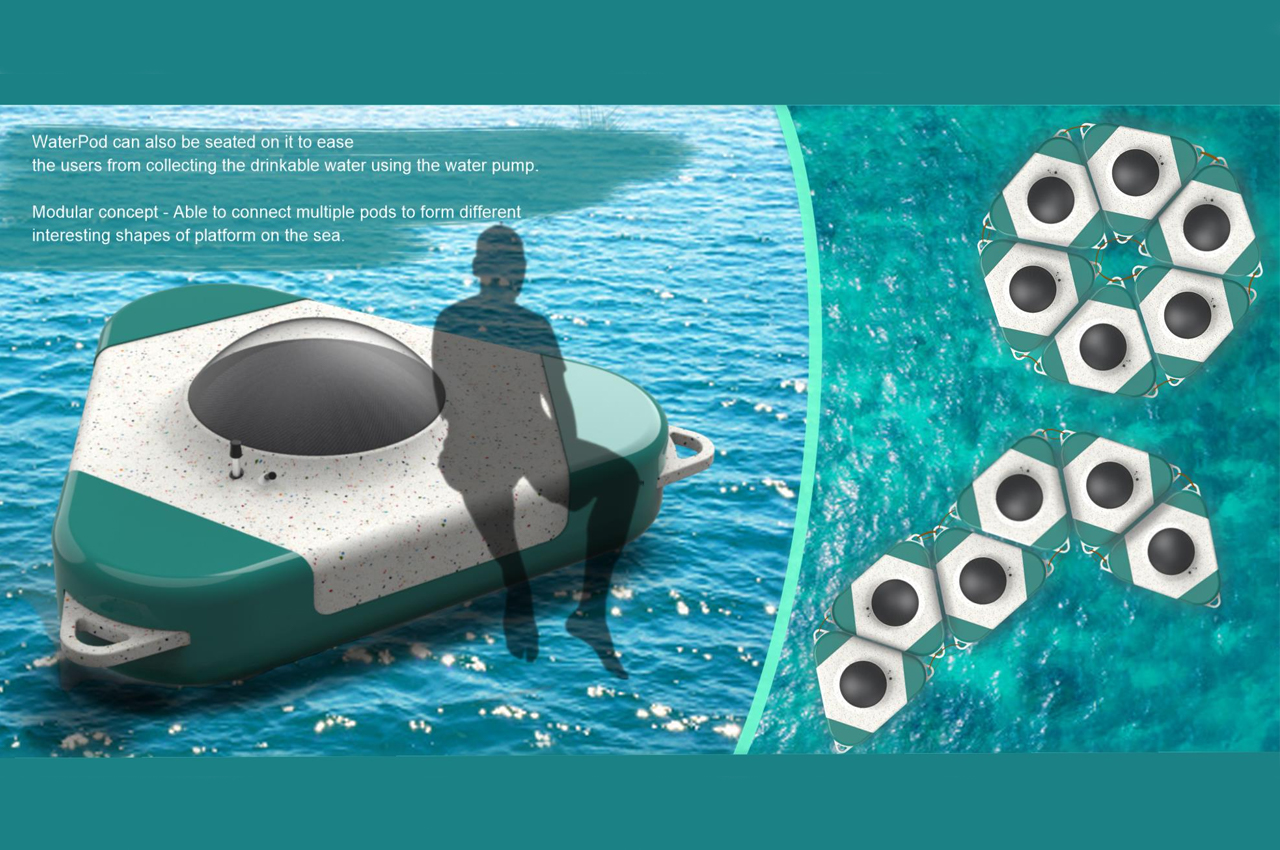
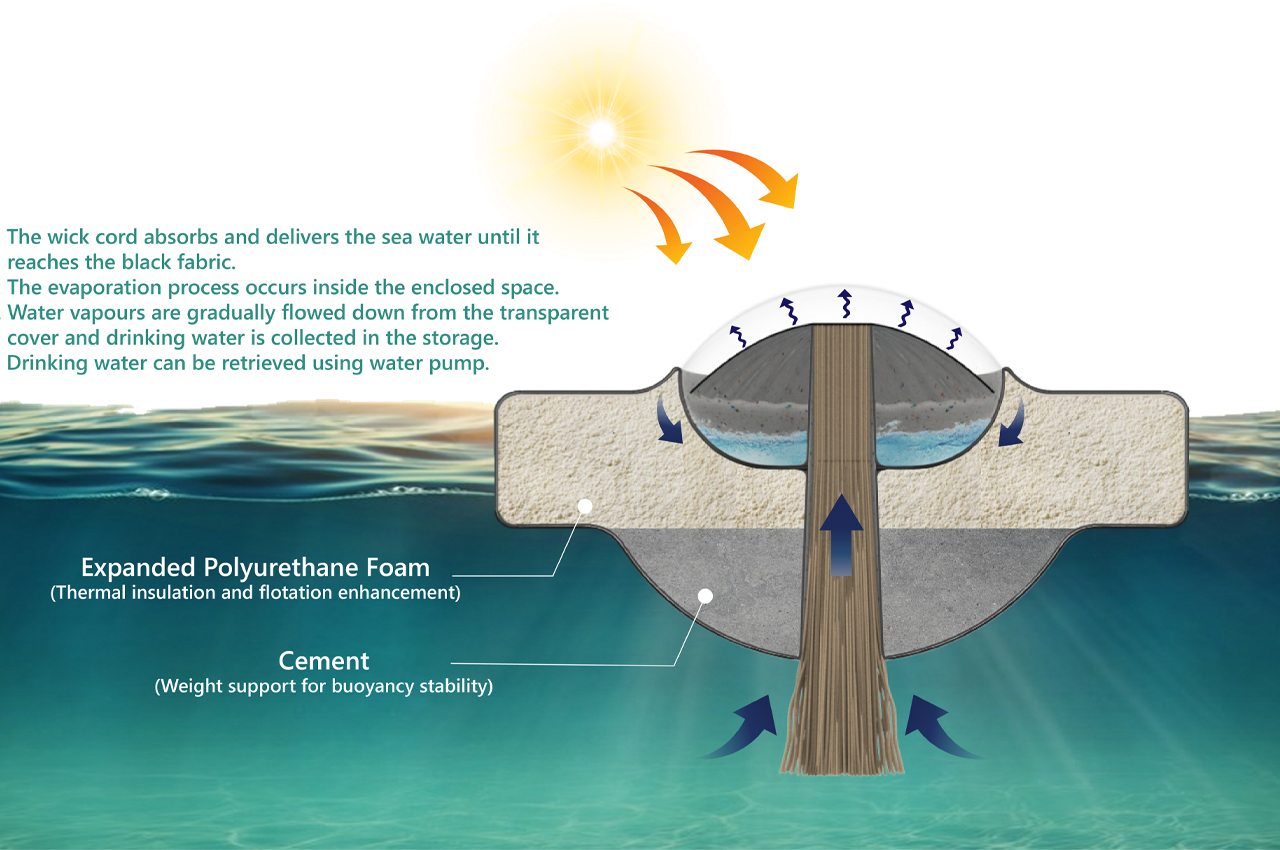
WaterPod operates as a self-cleaning solar desalination system that absorbs seawater via underwater wicks, inspired by mangrove trees, which then passes through a condensation and evaporation process to remove the salt particles from the seawater. Just like mangrove trees, WaterPod’s underwater wicks fill the pod with seawater until its water levels reach the pod’s black fabric dome. Inside the dome, seawater undergoes evaporation as water vapors gradually flow from the transparent covering and collect in WaterPod’s storage compartment. Then, users can pump drinking water from the storage compartment’s recess. While the desalination process takes place, the WaterPod remains floating atop the water in a similar fashion to a conventional buoy. WaterPod’s top lid is filled with expanded polyurethane foam for thermal insulation and flotation enhancement while a cement base offers buoyancy stability.
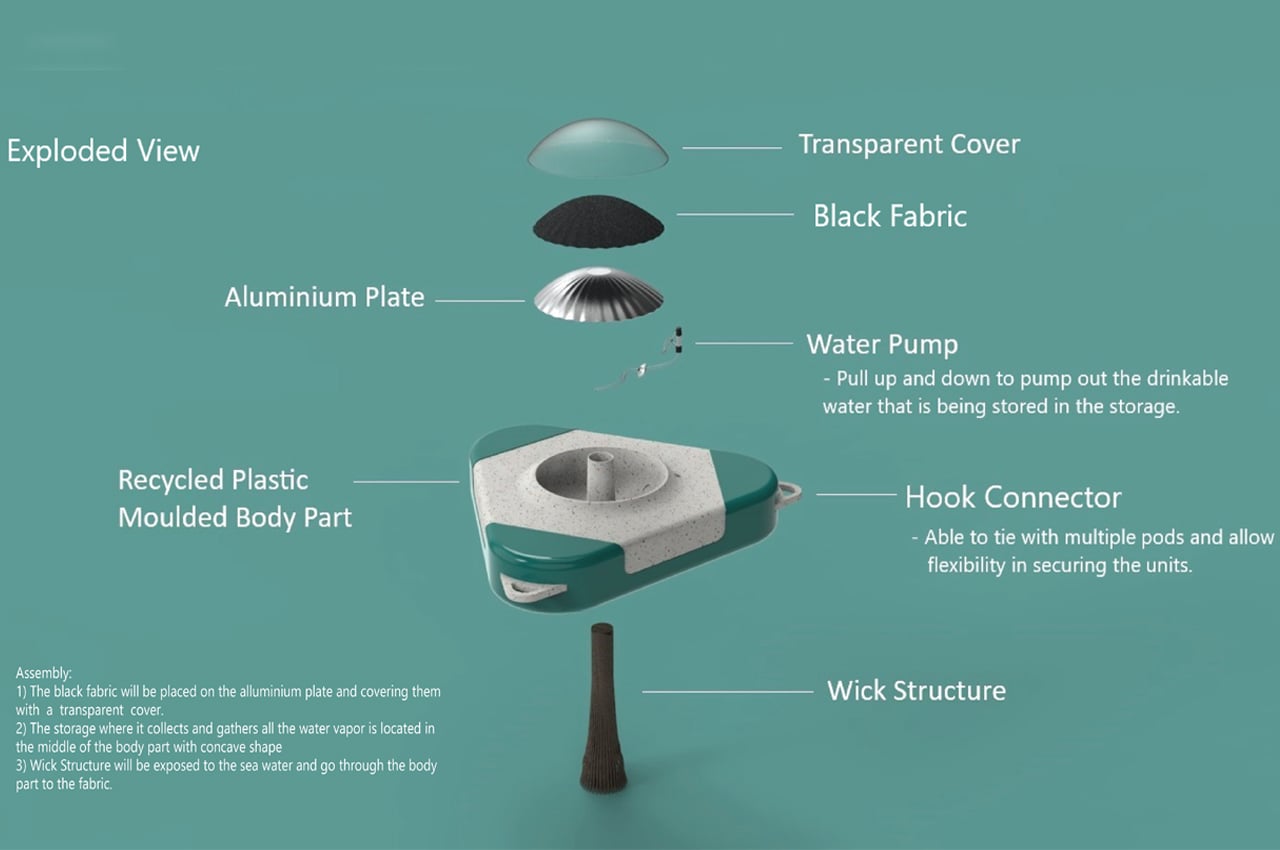
The team of designers behind WaterPod developed the concept in response to a lack of clean, drinking water in Sandakan, Malaysia. Noticing the seafaring community’s reliance on the sea, the team of designers wanted to develop a means for individuals to have access to clean drinking water, no matter the amount of plastic pollution in the ocean. WaterPod is a modern solution that takes cues from the surrounding environment to bring drinking water to those who depend on it most.
Designers: Bennie Beh Hue May, Yap Chun Yoon, & Loo Xin Yang
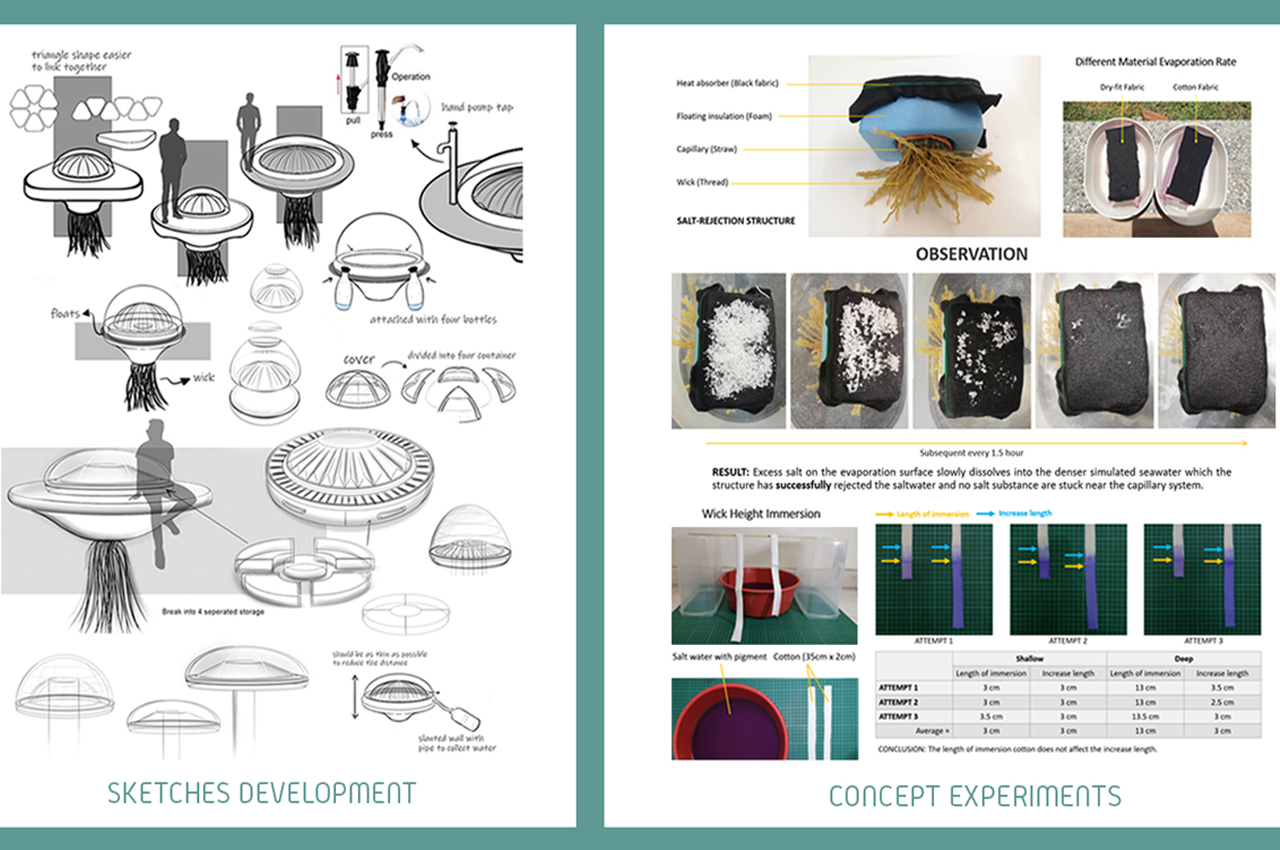
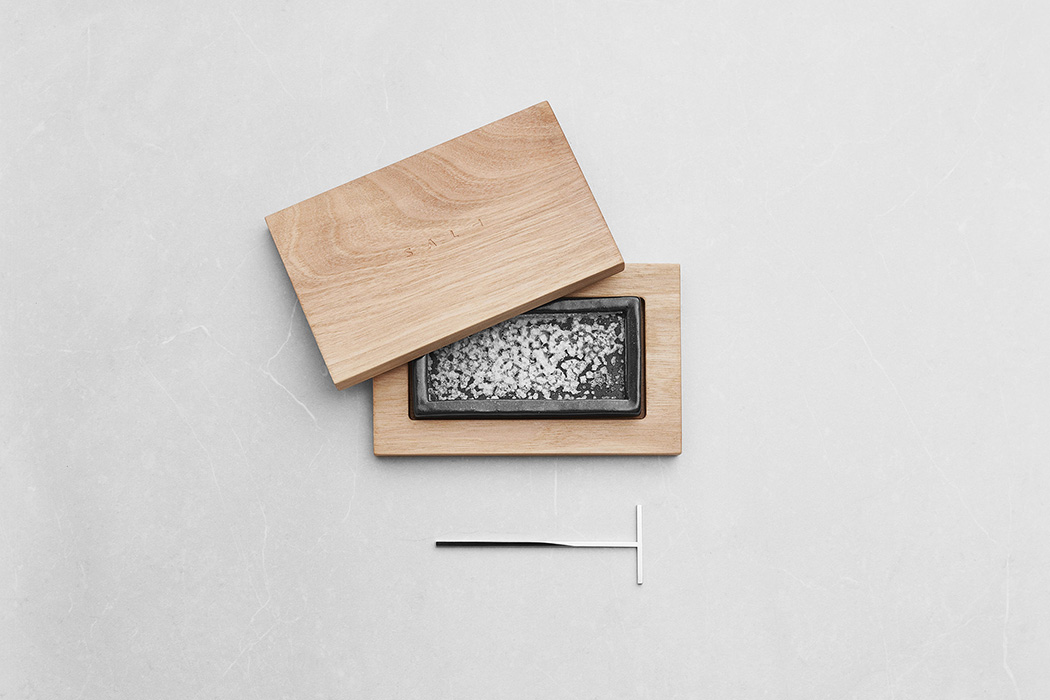
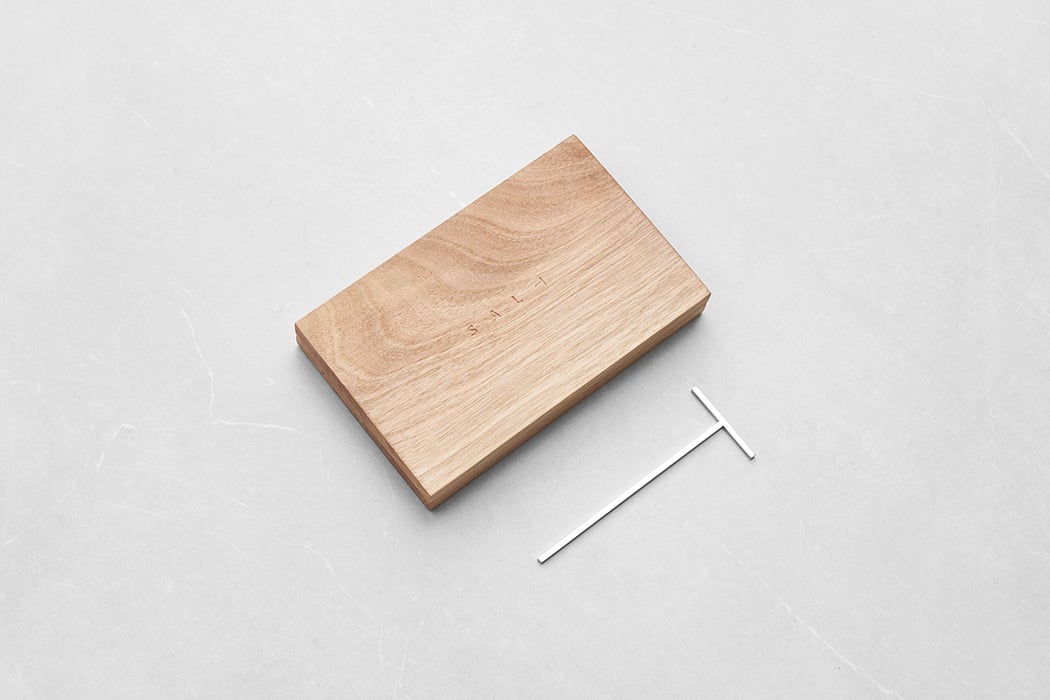
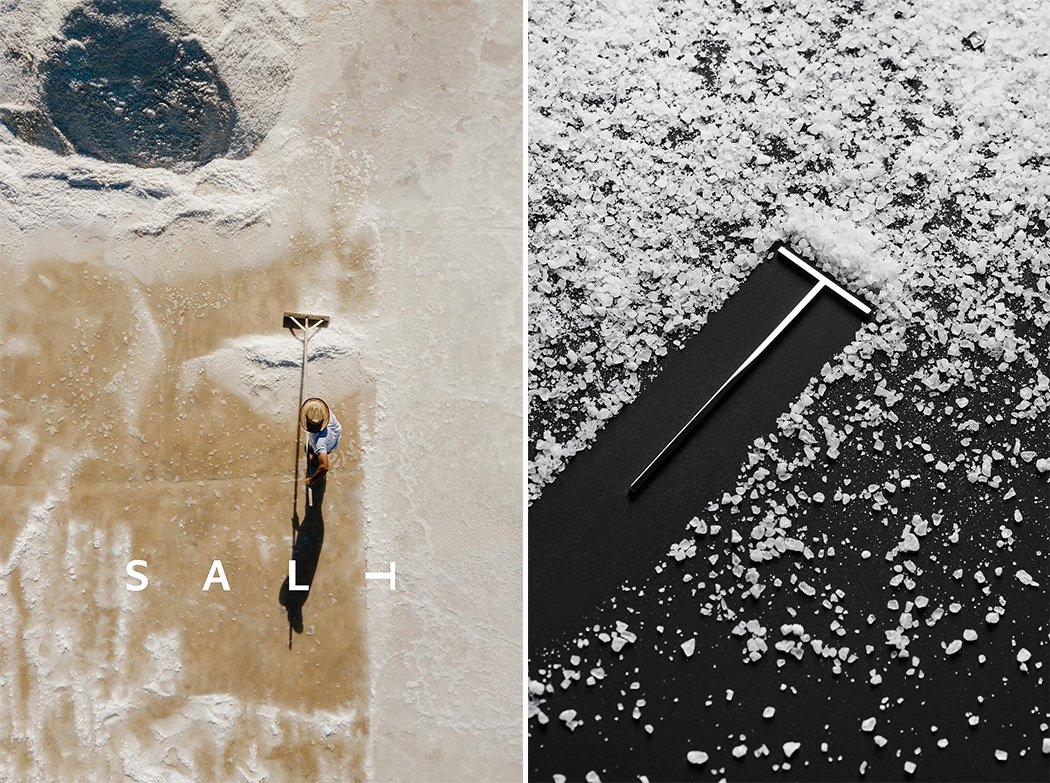
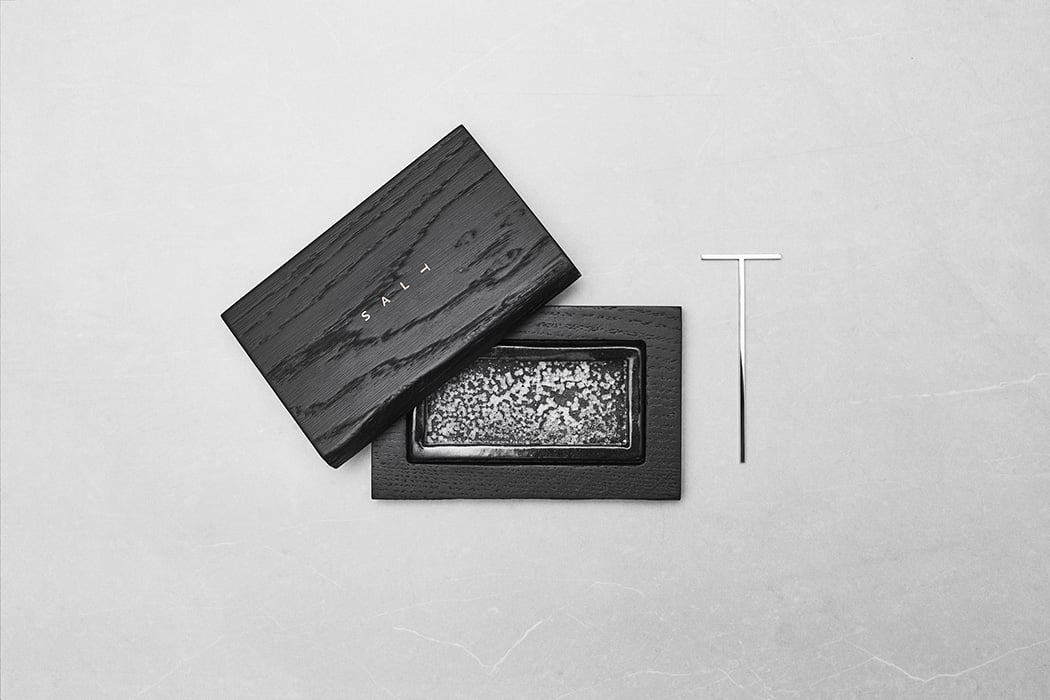
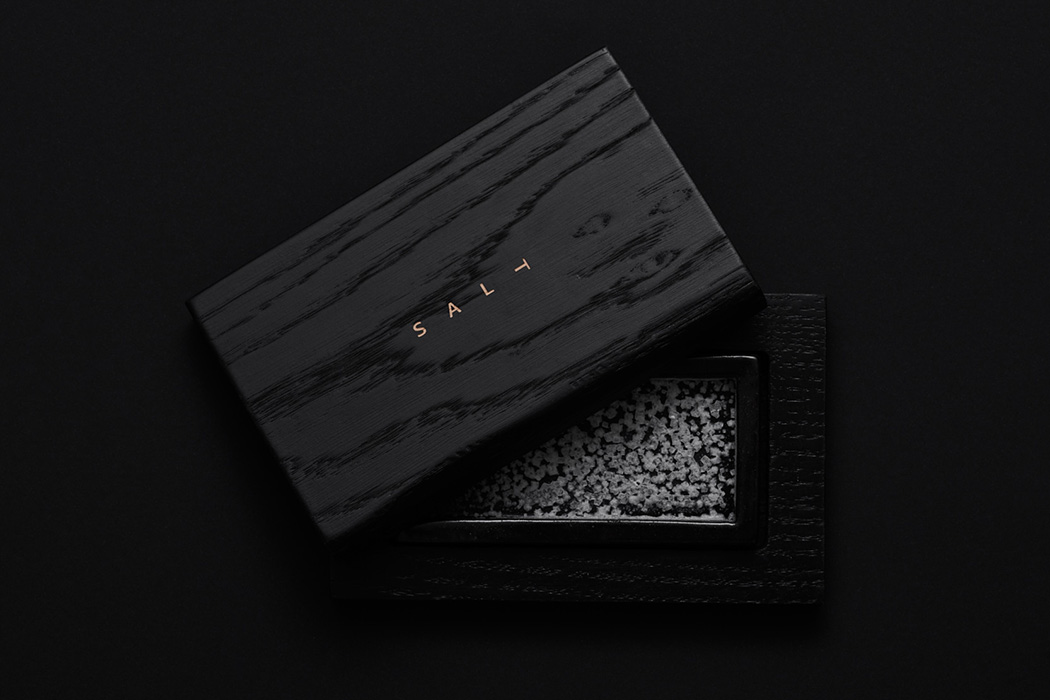
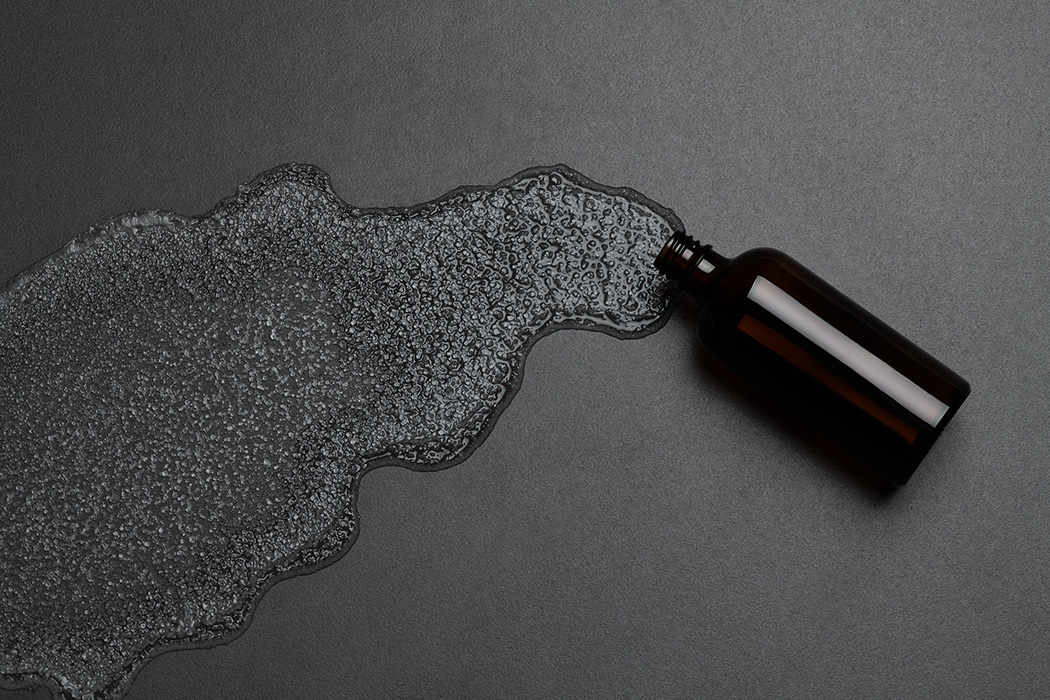
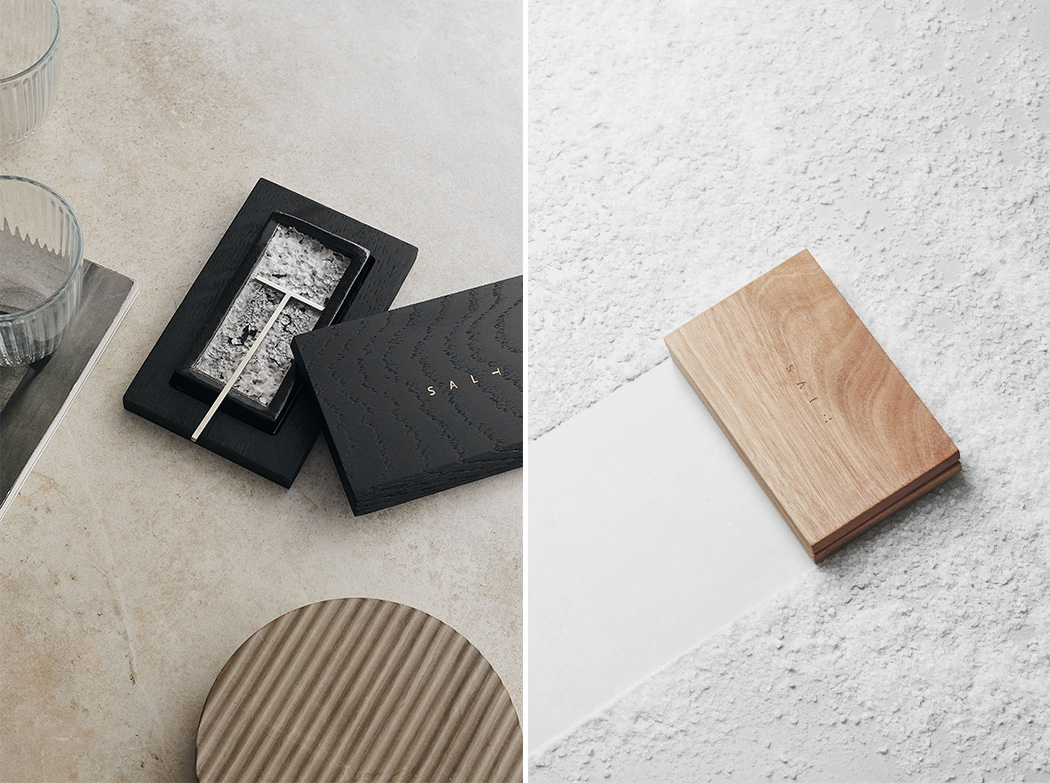
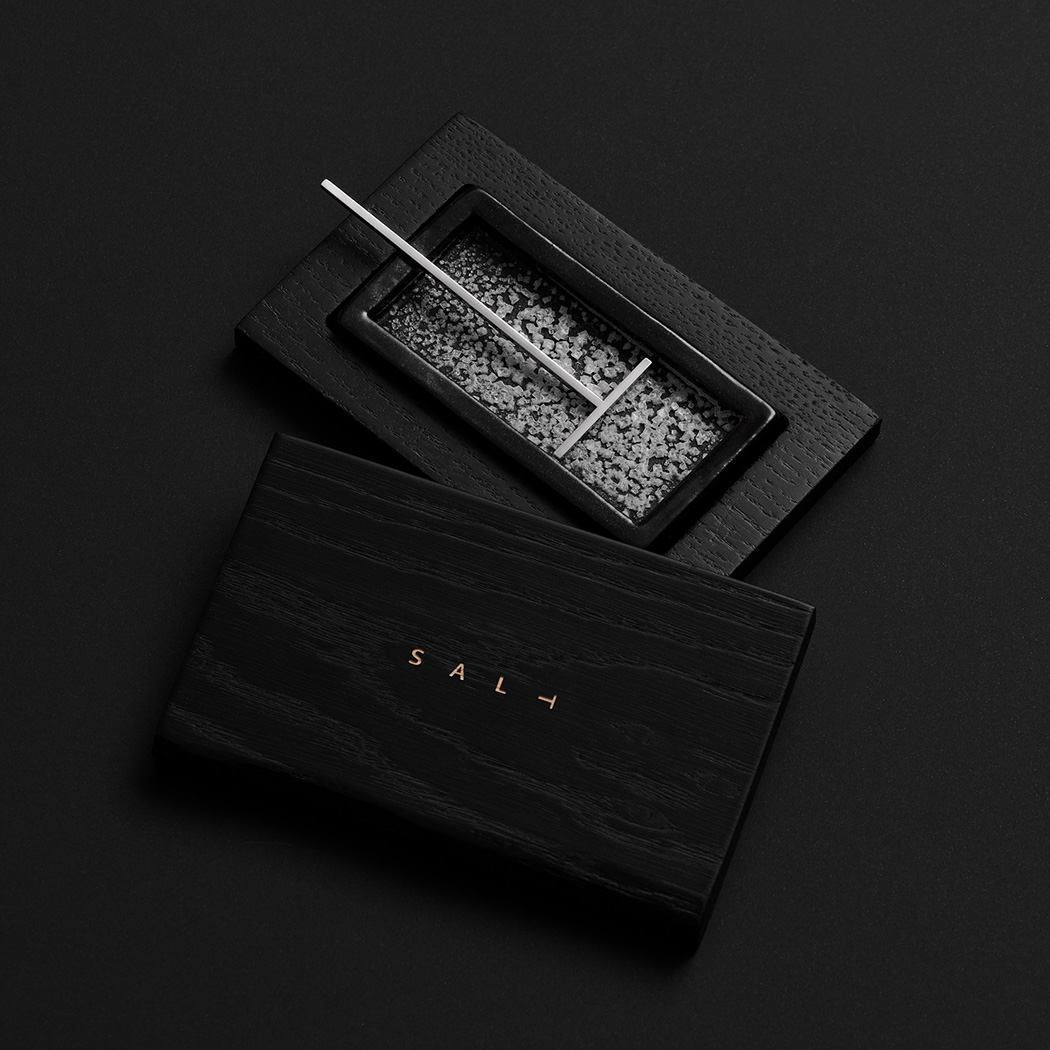
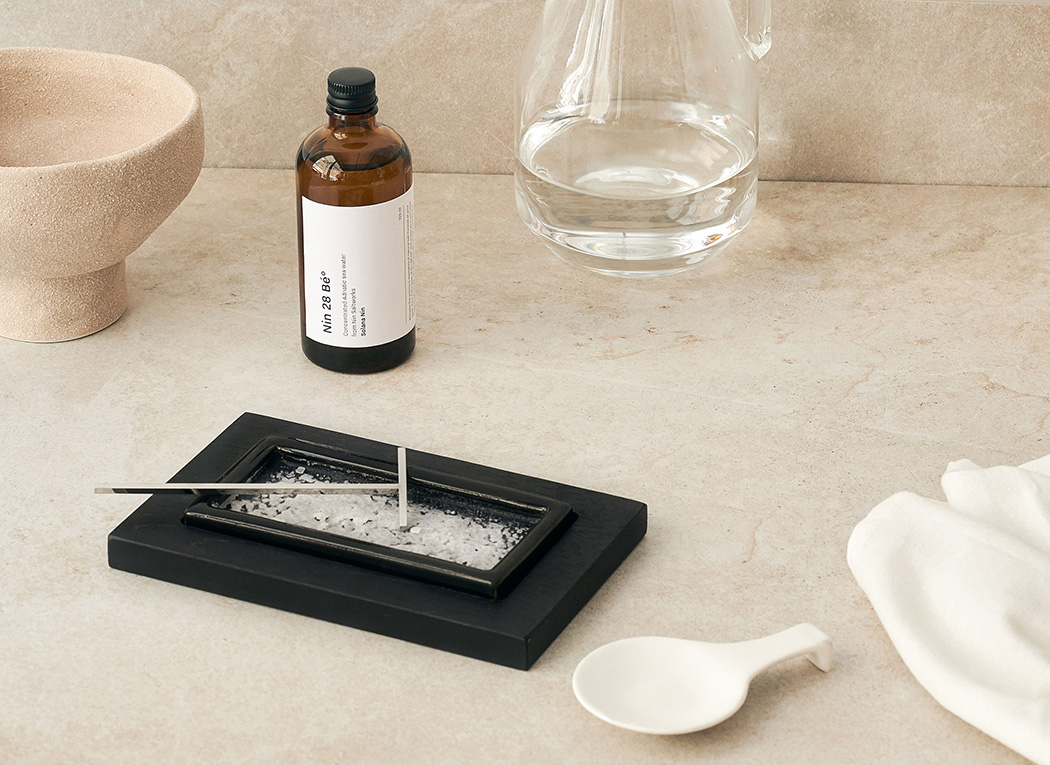
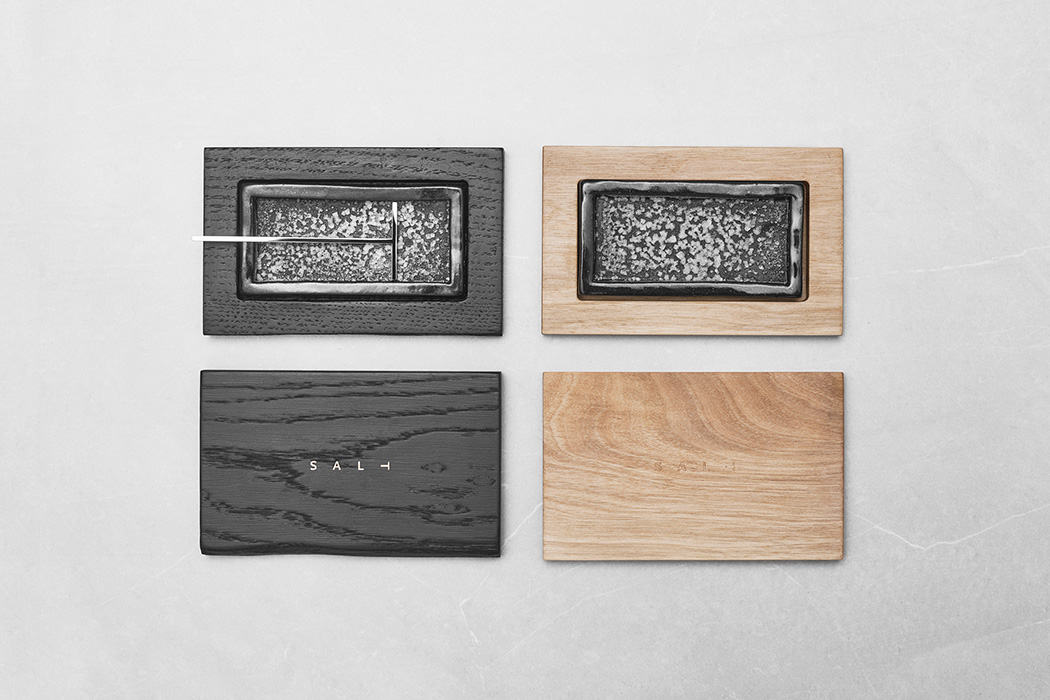
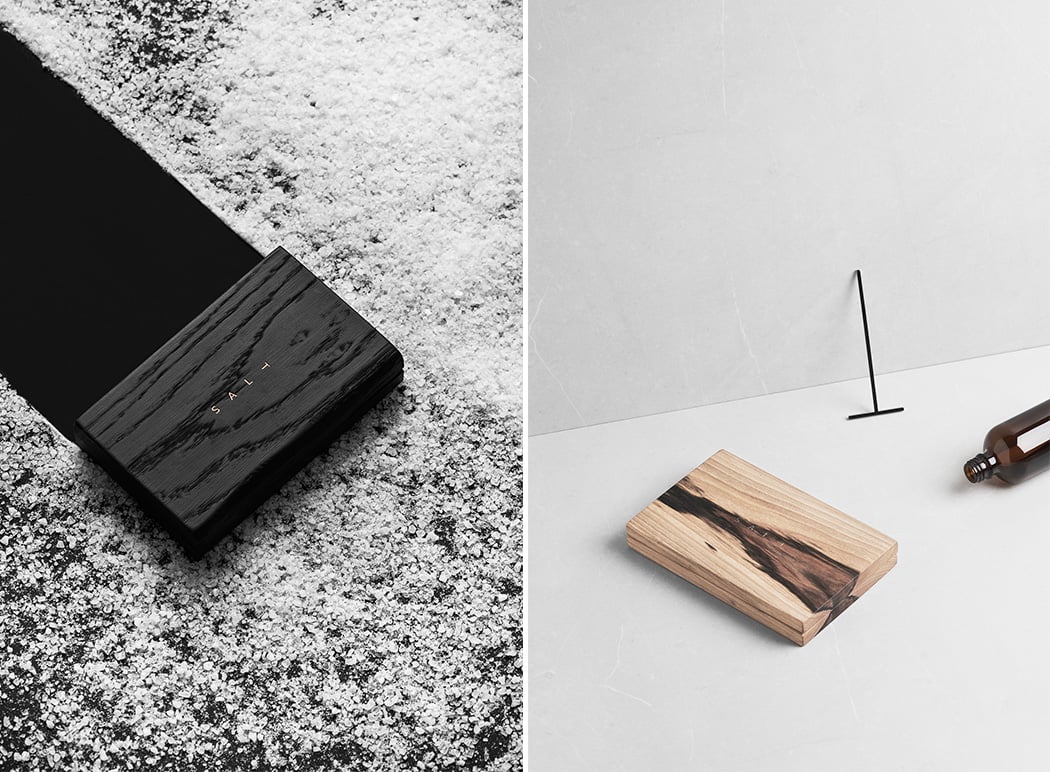
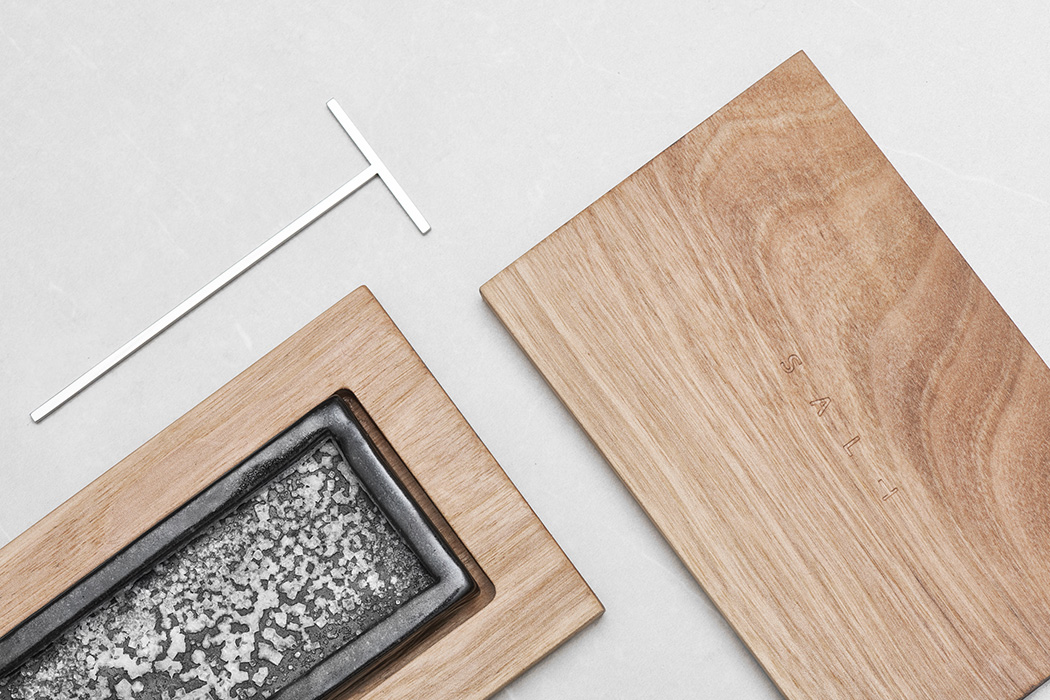
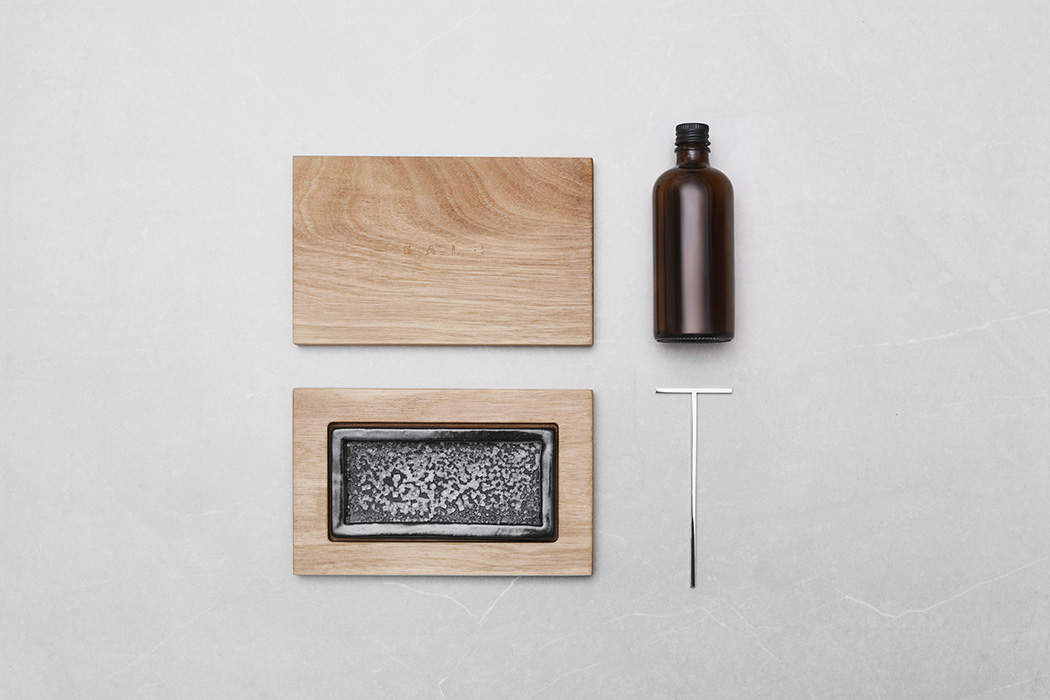
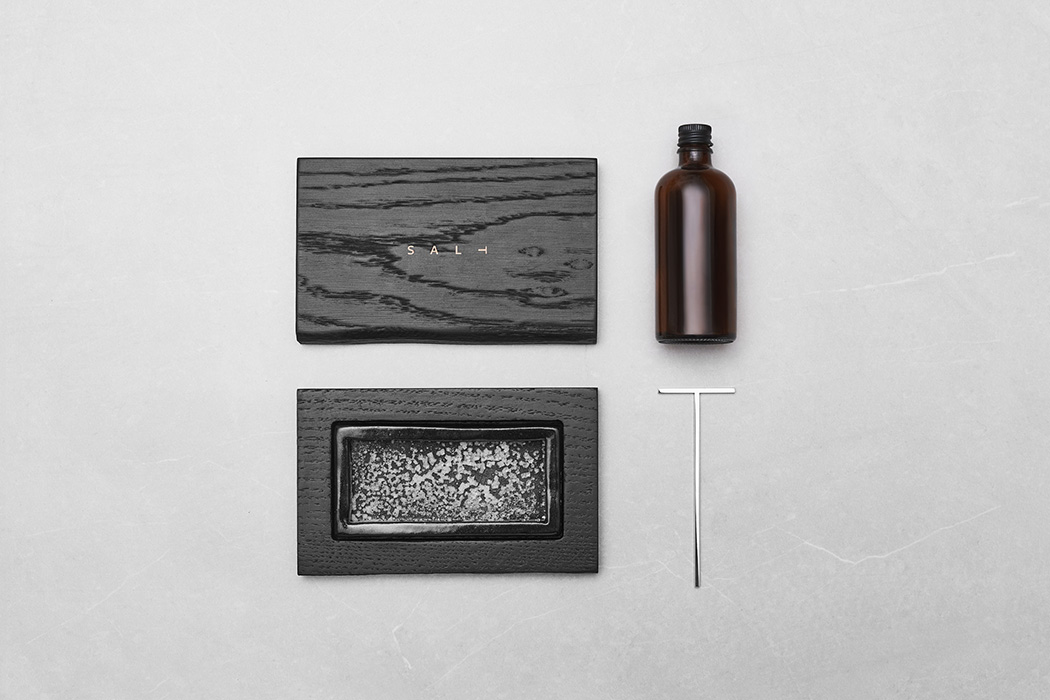
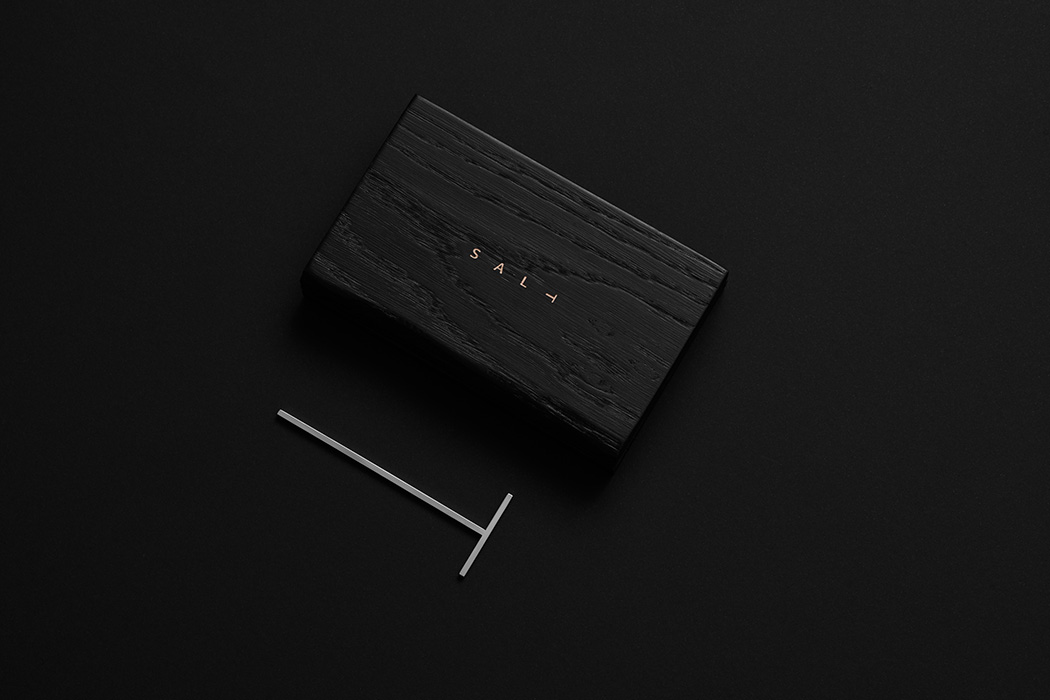
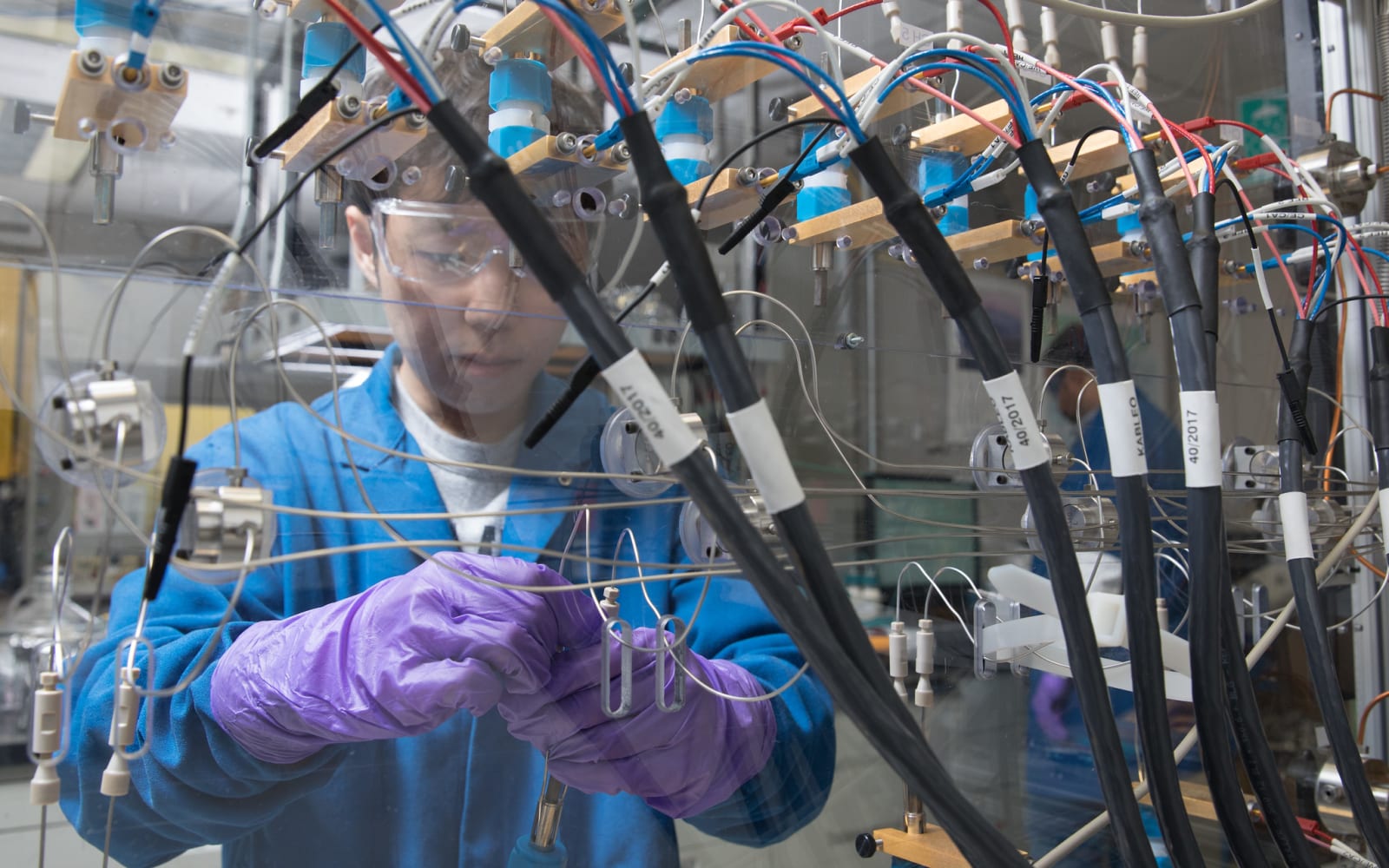 Electric vehicles will play an important role in reducing greenhouse gas emissions, but they are not yet a perfect solution. Today, most EVs run on lithium-ion batteries made with heavy metals like cobalt, of which there is a limited supply and less...
Electric vehicles will play an important role in reducing greenhouse gas emissions, but they are not yet a perfect solution. Today, most EVs run on lithium-ion batteries made with heavy metals like cobalt, of which there is a limited supply and less...
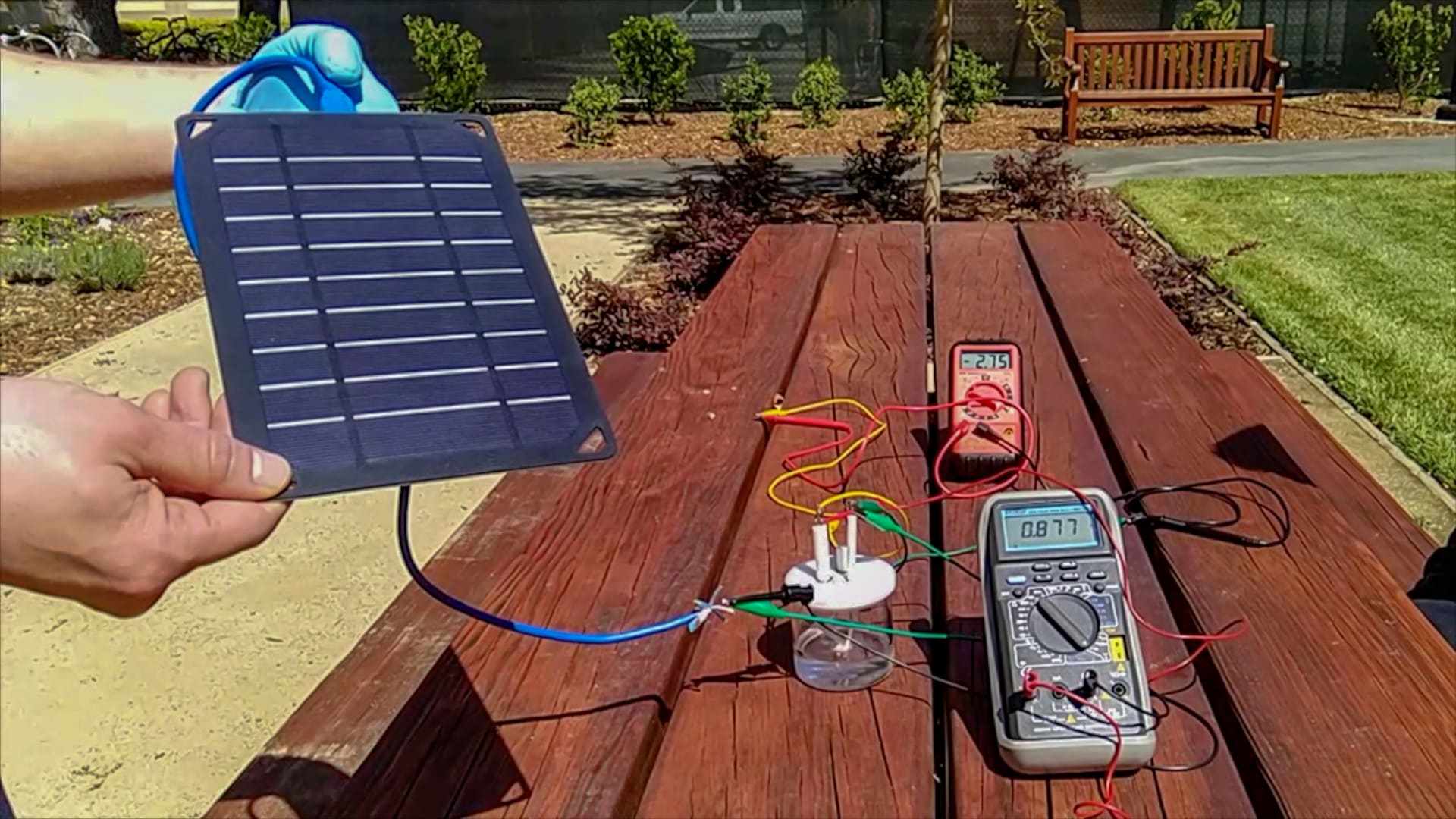 A team of scientists at Stanford have figured out a way to make hydrogen fuel out of saltwater. The discovery could open up the world's oceans as a potential source of energy. Researchers view electrolysis, or the act of splitting water into hydrogen...
A team of scientists at Stanford have figured out a way to make hydrogen fuel out of saltwater. The discovery could open up the world's oceans as a potential source of energy. Researchers view electrolysis, or the act of splitting water into hydrogen...
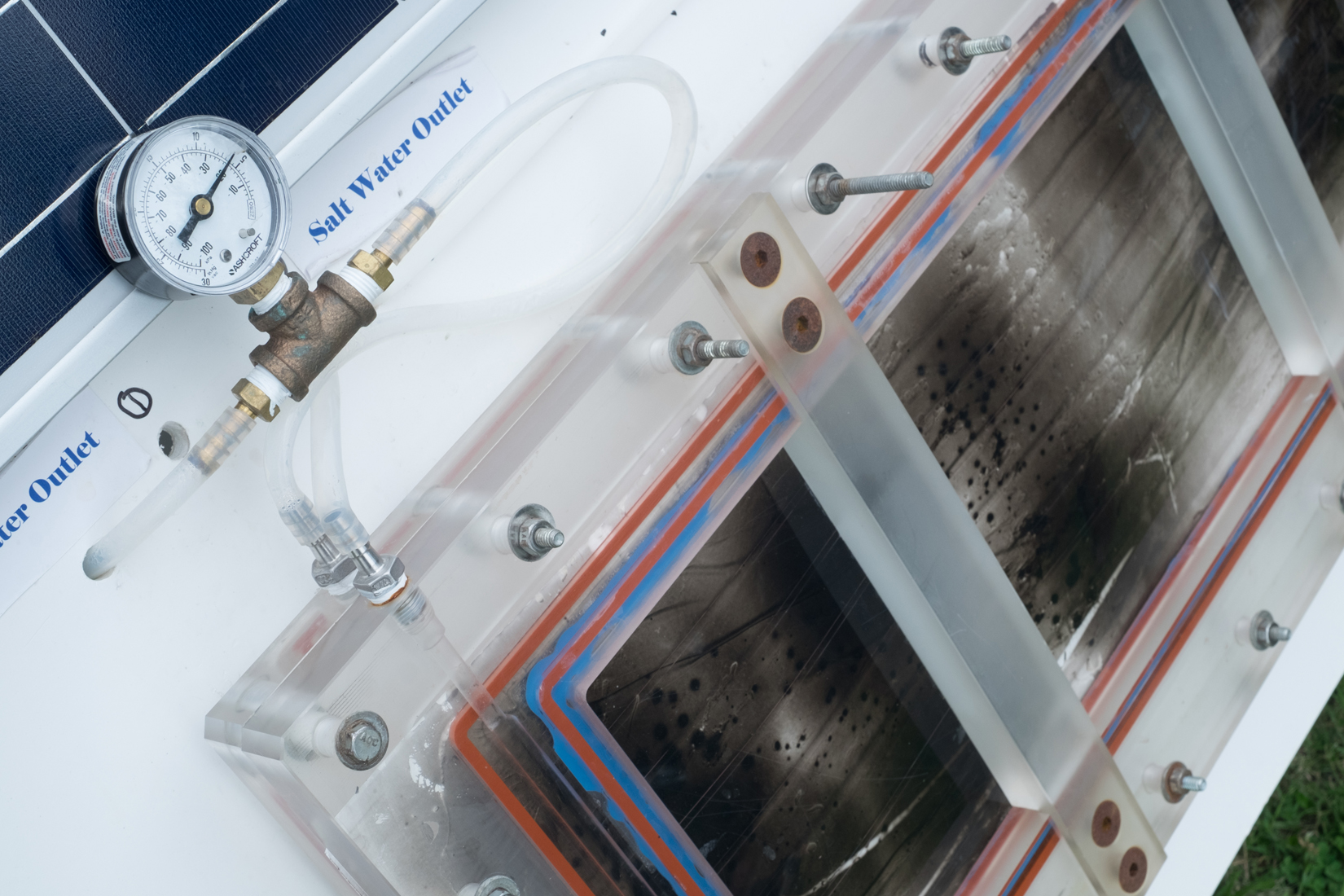 One of the oldest means of extracting potable liquid from seawater involves distillation, basically boiling the water into steam and then cooling the purified vapor in condensation tubes. Problem is, this method is incredibly power intensive with nea...
One of the oldest means of extracting potable liquid from seawater involves distillation, basically boiling the water into steam and then cooling the purified vapor in condensation tubes. Problem is, this method is incredibly power intensive with nea...
 Today on In Case You Missed It: Sundrop Farms in Australia produces tomatoes from using solar power and seawater, no soil, pesticides or groundwater involved. You can watch the video of the facility here or the CNN story here. The story about t...
Today on In Case You Missed It: Sundrop Farms in Australia produces tomatoes from using solar power and seawater, no soil, pesticides or groundwater involved. You can watch the video of the facility here or the CNN story here. The story about t...
 Today on In Case You Missed It: Google introduced a new cloud-connected whiteboard called the Jamboard, which is made for collaboration with coworkers, then the finished doodle can be stored in Google Drive. Meanwhile the SAROS is a wave-powered...
Today on In Case You Missed It: Google introduced a new cloud-connected whiteboard called the Jamboard, which is made for collaboration with coworkers, then the finished doodle can be stored in Google Drive. Meanwhile the SAROS is a wave-powered...